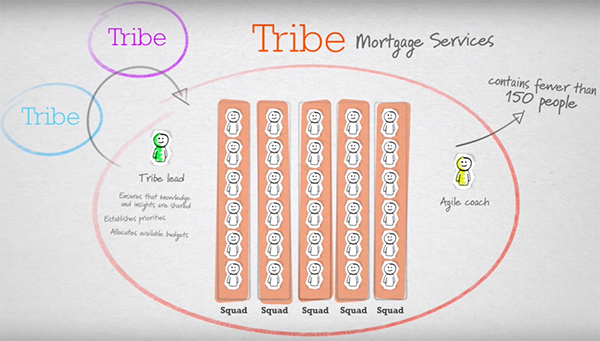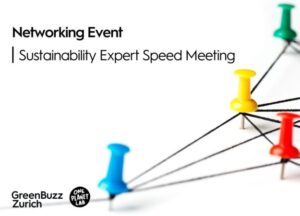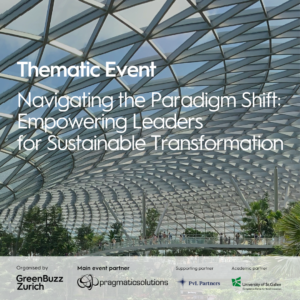Digital service such as those offered by Netflix and Spotify are now an integral part of our daily lives. And we also expect digital products from our financial services providers – for example, banking apps. In order to prepare itself for the future, Dutch banking group ING decided in 2015 to transition from a traditionally led organisation structure to an agile, adaptable, collaborative model. In doing so, it was inspired by Google, Netflix and Spotify, and visited these companies over a period of several weeks. There was no pressing financial reason for ING to undertake an agile transformation at that point.
A new organisation structure strengthens collaboration

ING began with the following four approaches:
- Agile working methods: Instead of assigning employees to individual departments, the focus is on interdisciplinary and crossfunctional collaboration.
- Organisation structure: Instead of a functional structure made up of individual departments, the structure is organised along the value stream. Teams were reorganised and diversified through the introduction of employees with different subject backgrounds. This radically simplified collaboration and increased both flexibility and productivity.
- More cooperation: Cooperation between all employees and across all teams was strengthened.
- New management model: All positions and titles were scrapped and all employees had to reapply for jobs. Salary and status became irrelevant: roles were assigned according to expertise.
In order to implement this approach, ING literally tore down the walls: open spaces were intended to facilitate greater interaction between employees. ING began to involve staff in the selection of new colleagues. Moreover, each new employee had to work in the call centre for several weeks in order to grasp how ING is perceived by customers. Thanks to the new organisation structure along the value streams, far more expertise is involved in each project, and individual employees work more closely together. Over time, a collective mindset developed among the staff, enabling the transformation.
Agility works in every company
Just nine months later, the new working methods were a reality across the entire headquarters and for over 3,000 employees. The most significant aspect was the creation of a new company culture which everyone at ING is now a part of. Established structures were dissolved and new ones put in their place. Thanks to its much faster development of new software, ING has become the market leader for mobile banking in the Netherlands. The impact of agile transformation for ING demonstrates that every company can become agile.
Further and more deep information are available in the Whitepaper of McKinsey’s Quarterly.



